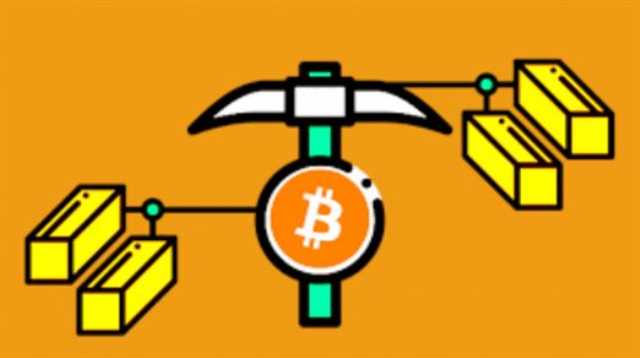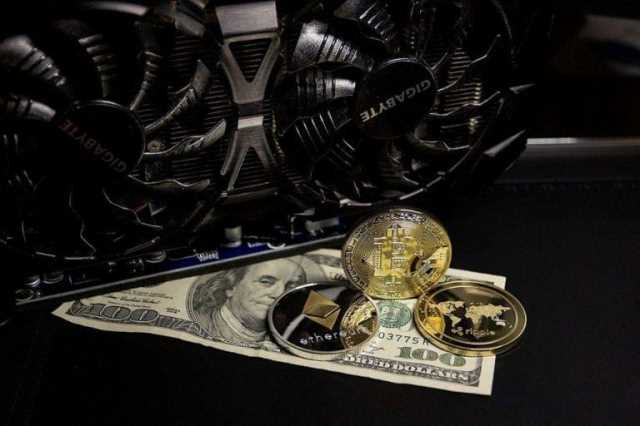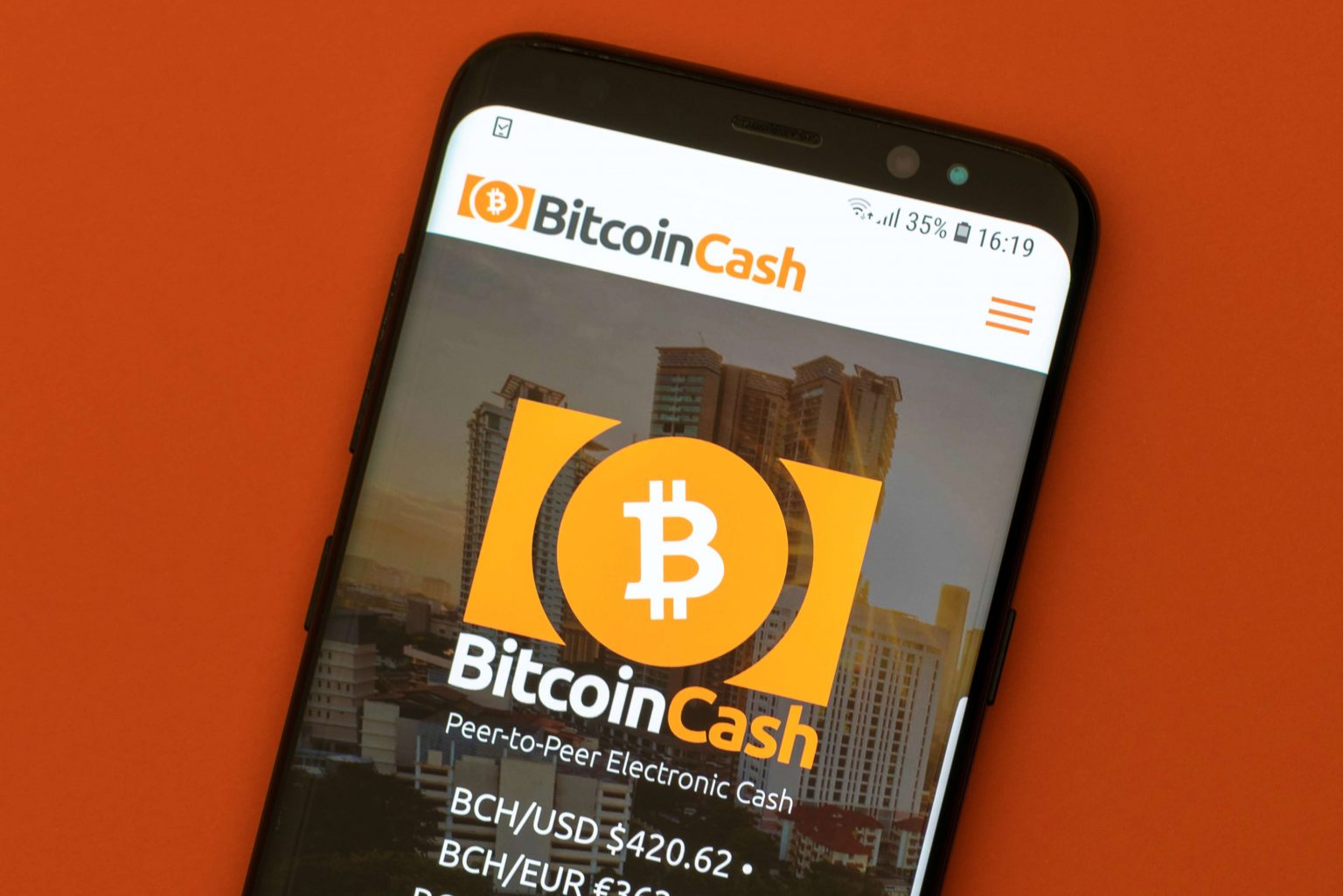
At its core, blockchain is a distributed digital ledger that stores data of any kind. A blockchain can record information about cryptocurrency transactions, NFT ownership or DeFi smart contracts. Well the good news is that, while proof of work may be popular, it’s not the only way to do things. There’s also proof of stake systems, where, instead of solving puzzles, people put up crypto as a collateral to get a chance at being the next person to mine a block and be asked to validate blocks mined by others. If they validate malicious blocks, they’ll lose some or all of that money, depending on the blockchain’s rules. Blockchain is a record-keeping technology designed to make it impossible to hack the system or forge the data stored on the blockchain, thereby making it secure and immutable.
Advantages of Blockchain
- Although blockchain technology isn’t dependent on Bitcoin, its development was powered by the crypto giant, and Bitcoin continues to be a leader in the blockchain movement.
- Many in the crypto space have expressed concerns about government regulation of cryptocurrencies.
- Although this emerging technology may be tamper proof, it isn’t faultless.
- Each block following the genesis block is numbered sequentially, starting at 1, and has a “previous hash” set to the hash of the previous block.
- Each block on the blockchain contains its unique hash and the unique hash of the block before it.
- Its first traces, however, go all the way back to the 1970s, when computer scientist Ralph Merkle patented Hash trees, also known as Merkle trees, that makes cryptographic linking between blocks of stored data possible.
- In healthcare, blockchain is used to securely store and share patient data.
It’s used for a range of applications such as financial transactions, supply chain management, real estate deals and digital identity verification. Cryptography and hashing algorithms ensure that only authorized users are able to unlock information meant for them, and that the data stored on the blockchain cannot be manipulated in any form. Consensus mechanisms, such as proof of work or proof of stake, further enhance security by requiring network participants to agree on the validity of transactions before they are added to the blockchain.
What Is a Blockchain Developer (and How Do I Become One)?

Additionally, blockchains operate on a distributed system, where data is stored across multiple nodes rather than one central location — reducing the risk of a single point of failure. Blockchain technology is a decentralized, distributed What is Blockchain ledger that stores the record of ownership of digital assets. Any data stored on blockchain is unable to be modified, making the technology a legitimate disruptor for industries like payments, cybersecurity and healthcare.
How to Learn Blockchain
Every participant in the blockchain has uninterrupted access to the blockchain and its history. Blockchain continues to mature and gain acceptance as more companies across various industries learn to use it. Blockchain’s use cases and industry applications have grown far outside its original cryptocurrency application to include smart contracts, cybersecurity, internet of things (IoT) and non-fungible tokens (NFTs). NFTs are digital assets representing all or portions of real-world objects such as art or music.
What Is a Consensus Mechanism?
- The blocks confirm the exact time and sequence of transactions, and the blocks link securely together to prevent any block from being altered or a block being inserted between two existing blocks.
- Blockchain is also facing legal and regulatory challenges, as well as controversies surrounding fraudulent activities, such as the high-profile collapse of exchange service FTX.
- Scott Stornetta, two researchers who wanted to implement a system where document timestamps could not be tampered with.
- – The blockchain can help create a consortium of businesses and provide an operational structure with no central “leader.” This can allows multiple businesses to interact effectively and share information.
- Data stored in a blockchain is almost impossible to modify or hack, and this has led to blockchain’s increased implementation across a variety of sectors.
These nodes are in constant communication with one another, keeping the digital ledger up-to-date. So when a transaction is taking place among two peers, all nodes take part in validating the transaction using consensus mechanisms. These built-in protocols keep all in-network nodes in agreement on a single data set. No blocks can be added to the blockchain until it is verified and has reached consensus. Luckily, this step has been sped up with the advent of smart contracts, which are self-executing programs coded into a blockchain that automate the verification process. However, the use of private ledger blockchains has expanded to other applications since Bitcoin’s inception.
Understanding Blockchain Technology

